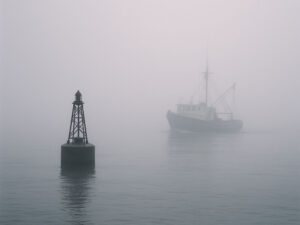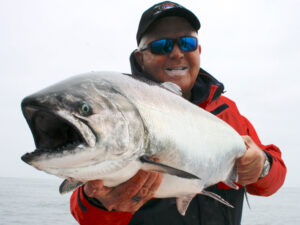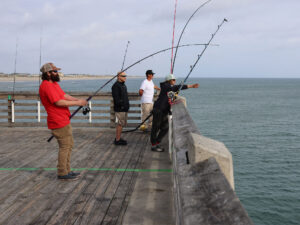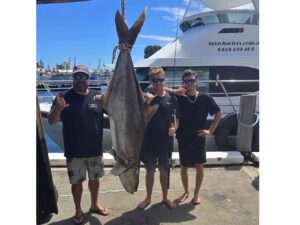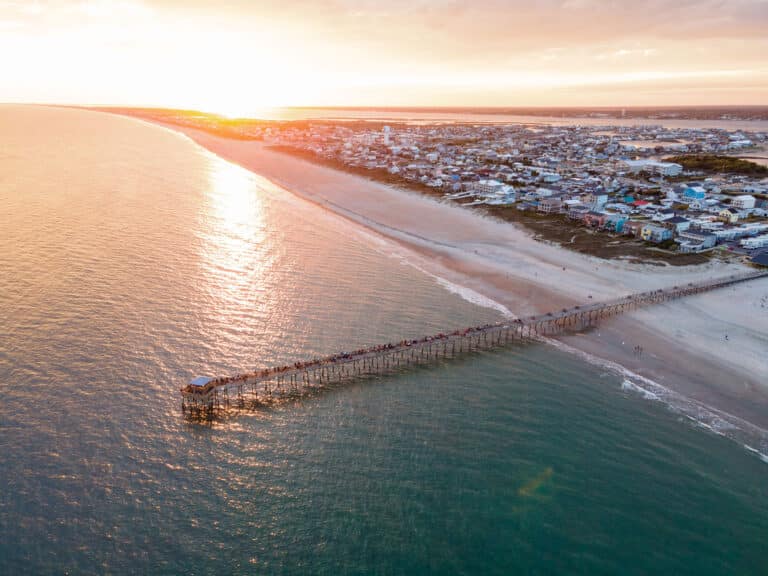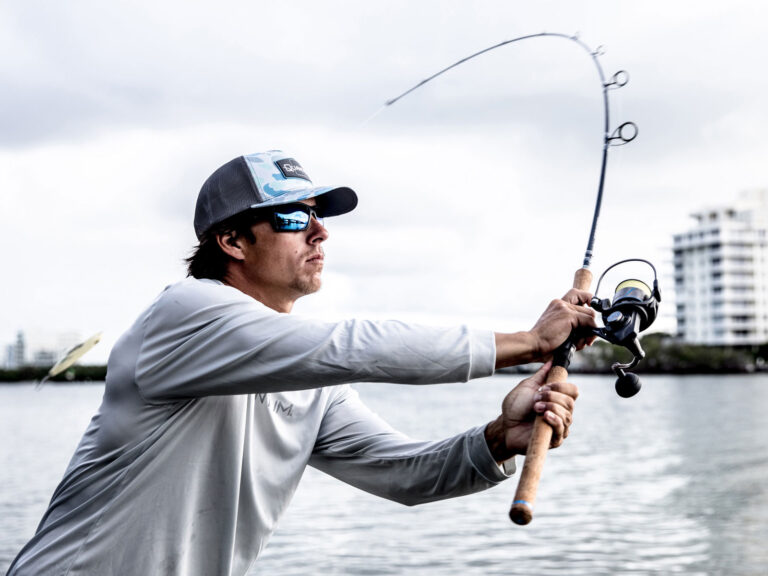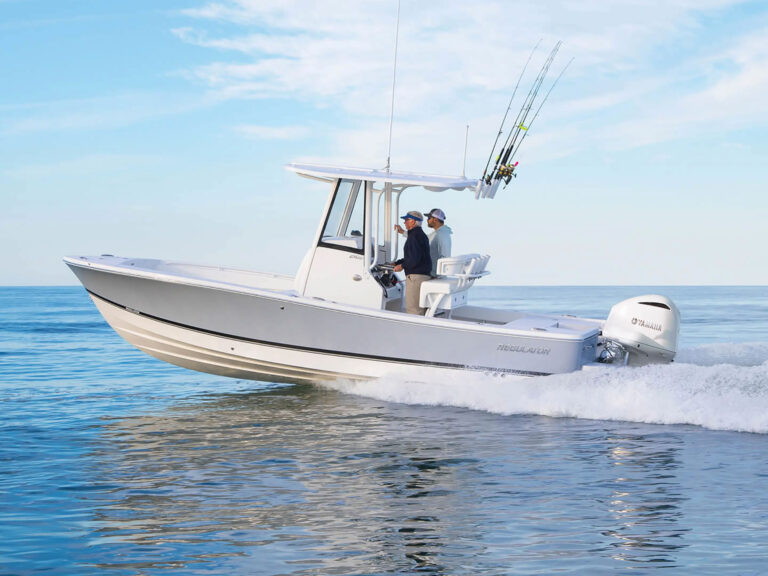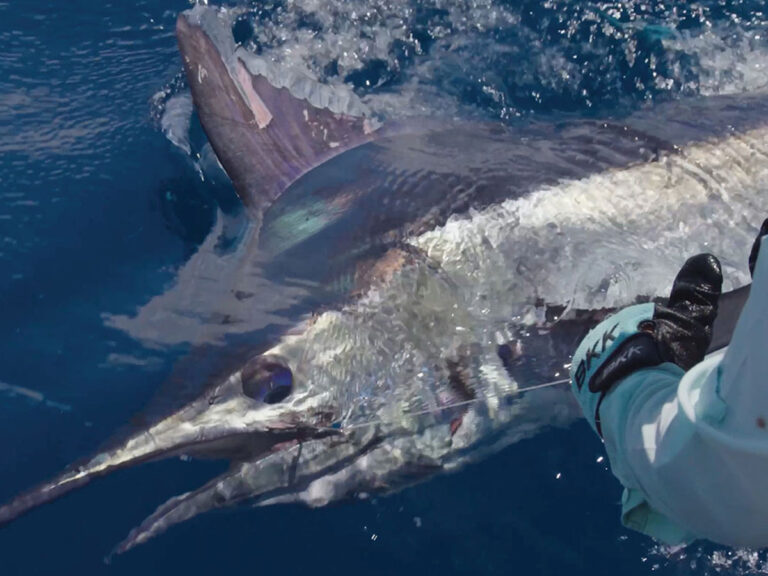O P I N I O N
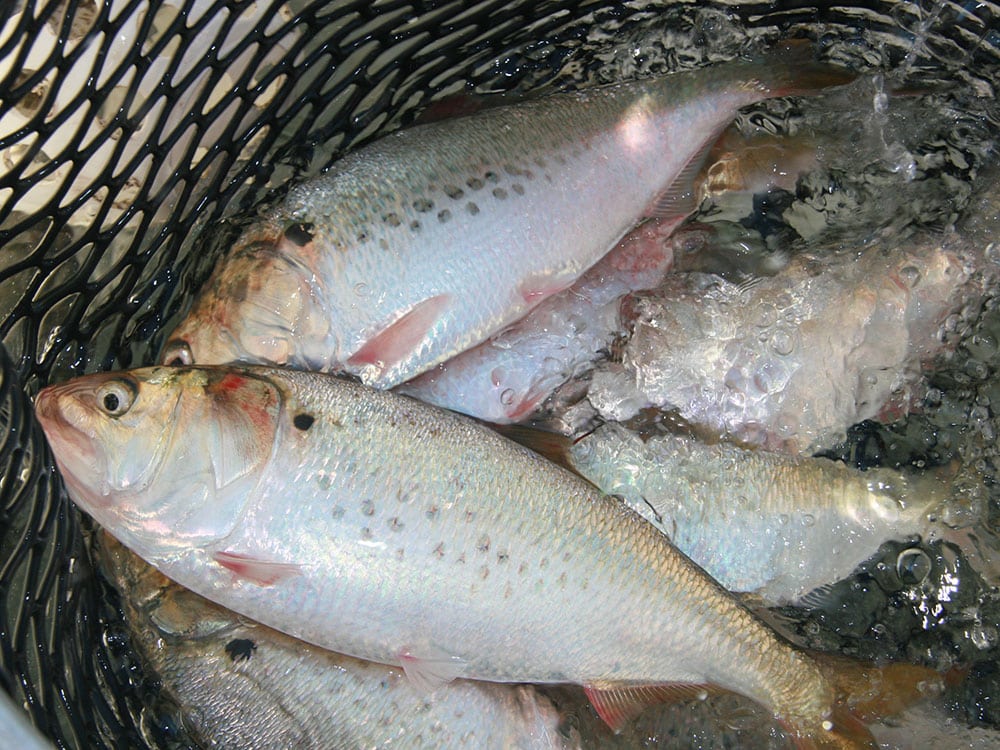
Presented with the historic opportunity to put in place much-needed protections for menhaden that recognize their ecological role, the Atlantic States Marine Fisheries Commission’s Menhaden Management Board instead opted for status-quo management. In the months leading up to the vote, public sentiment was overwhelmingly in favor of better menhaden management, with more than 150,000 public comments in favor of Option E that would have taken into account menhaden’s unique ecological role as a forage fish.
There were a suite of management options proposed in Amendment 3 that would set reference points, some of which would recognize the ecological role of menhaden as a keystone prey species for marine predators. The vote boiled down to a choice between Option B and Option E. Option B represented status-quo management in which menhaden would continue to be managed as a single species without recognizing its true ecological role. Option E would have emphasized the role of menhaden as an abundant prey species. The ASMFC Menhaden Board adopted Option B by a vote of 16-2.
“This decision by the Menhaden Management Board is simply shocking,” said Richen Brame, regional fisheries director for Coastal Conservation Association. “The Board had a historic opportunity to positively impact not just the management of menhaden but also the future of iconic species such as striped bass, bluefish, king mackerel as well as a host of birds and marine mammals. Today’s vote was a misguided step in the wrong direction, and really a step back in time when it comes to marine resource management.”
“This decision by the Menhaden Management Board is simply shocking.”
Menhaden are a primary forage species whose role in the ecosystem is to convert sunlight into protein. Their primary ecological attribute is their abundance, which provides a ready source of forage for a host of marine predators. The battle over menhaden essentially came to a showdown between those who see a need for more conservative management of menhaden as forage and the menhaden-reduction industry, which has a vested interest in allowing the largest harvest levels possible. Omega Protein is the last industrial harvester of menhaden on the East Coast and takes millions of pounds of menhaden every year, primarily from the Chesapeake Bay and surrounding waters.
“This is one of those events that will cause the public to lose a lot of faith in this management process,” said David Sikorski, executive director of CCA Maryland. “When you have that kind of public outcry and a growing realization that intense local harvest of the forage base is impacting the health of other species in Chesapeake Bay, one of the largest estuaries in the world, and still nothing changes, it leaves the public feeling completely shut out of the management process.”
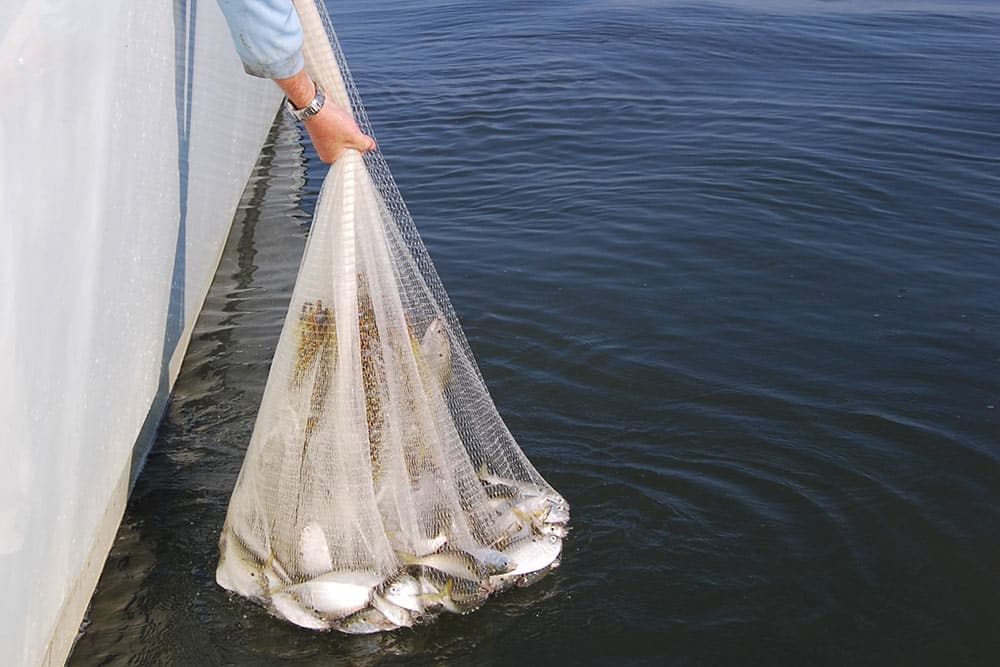
Read the ASMFC’s official news release.

